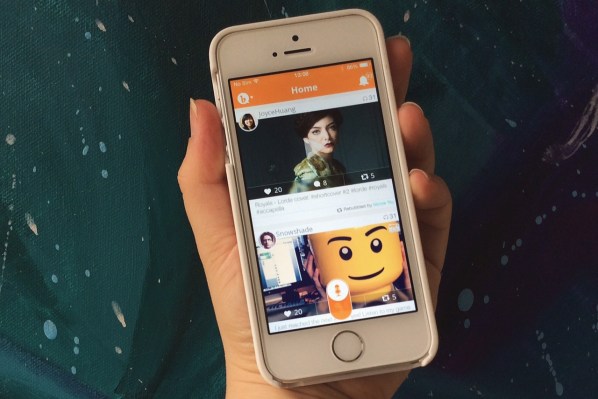Bubbly has launched a payment engine that lets users on all of its platforms use carrier billing for Bubbly’s premium products and services, which include subscriptions and in-app purchases. The payment engine supports one-time and recurring charges, as well as “micro-billing.”
Bubbly plans to make it available to other app developers so they can make revenue more easily in emerging Asian markets.
“Ninety-two percent of prepaid card users in Asia have less than $1 on their cards at any given time. Now they can make small purchases that won’t go over their credit balances, like for example one rupee, one baht, or one rupiah at a time,” Bubbly founder and CEO Thomas Clayton explains.
Bubbly’s investors include Sequoia Capital and SingTel Innov8. The startup has raised $39 million to date and says it now has more than 40 million users.
Though the payment engine was developed internally, Clayton says “we built it like it’s a third-party platform because that’s how we consume it internally.” Once the payment platform is made available to other developers, it will also extend Bubbly’s own business strategy.
“The cool thing about this is that right now we are a B2C play and now it would be a B2B play for third parties. The cool capability it gives developers is that probably 90% of app users in our markets don’t have credit cards tied to their phones, so app developers can’t monetize them,” says Clayton.
“No one has done app integration across all carriers, but we have. It took us six years to build it out and it can work with all app stores,” he adds.
Bubbly’s fastest-growing markets range from Japan, which has very high credit card penetration, to countries like India, Indonesia, the Philippines, and Thailand, most of which have very low numbers of people with credit cards, especially compared to other emerging markets.
Even in countries like Saudi Arabia (one of Bubbly’s new key markets) where credit card penetration is higher, relatively few people connect their cards to their phones “because they just don’t trust paying for things on phones via their credit cards” and prefer carrier billing, which Bubbly’s new payment engine will enable.
The startup is currently launching the billing platform country-by-country in order to test it out and are about halfway through the process. Competitors to Bubbly’s payment engine include Boku and Zong, which was acquired by eBay in 2011 and integrated into PayPal, but Clayton says that no other payment engine has the same breadth of coverage Bubbly can offer in Asia. Its payment engine already has 40 operators on board.
The Singapore-based startup also launched a new platform today that lets users share voice messages on featurephones, smartphones, and its website. Called Bubbly360, the service is a significant step forward for the company because users in the countries it is most active in, including several emerging Asian economies, are quickly switching from featurephones to smartphones.
Clayton says that Bubbly’s users become much more engaged once they get a smartphone and have access to Bubbly’s iOS or Android apps. This is in part because featurephone users have access to only two payment methods: subscriptions or paying for each premium voice message. On a smartphone, however, they can not only pay both ways, but also purchase premium services, virtual goods like stickers, or voice filters in the in-app stores, through their carriers or pre-paid cards.
“The biggest issue is because we have a smartphone side, we couldn’t charge things because people didn’t have a credit card, so we took the billing capabilities from the featurephone side and plugged them into the smartphone side,” says Clayton.
To encourage users to continue using Bubbly when they upgrade from a featurephone to smartphone, the app sends them an SMS text. Clayton says its clickthrough rate is high because the smartphone app allows them follow much more people than the featurephone version, which can only handle up to about five people before it becomes too overwhelming to use. Bubbly’s smartphone app, however, offers a much more visual experience and lets Bubbly users follow hundreds of accounts.
